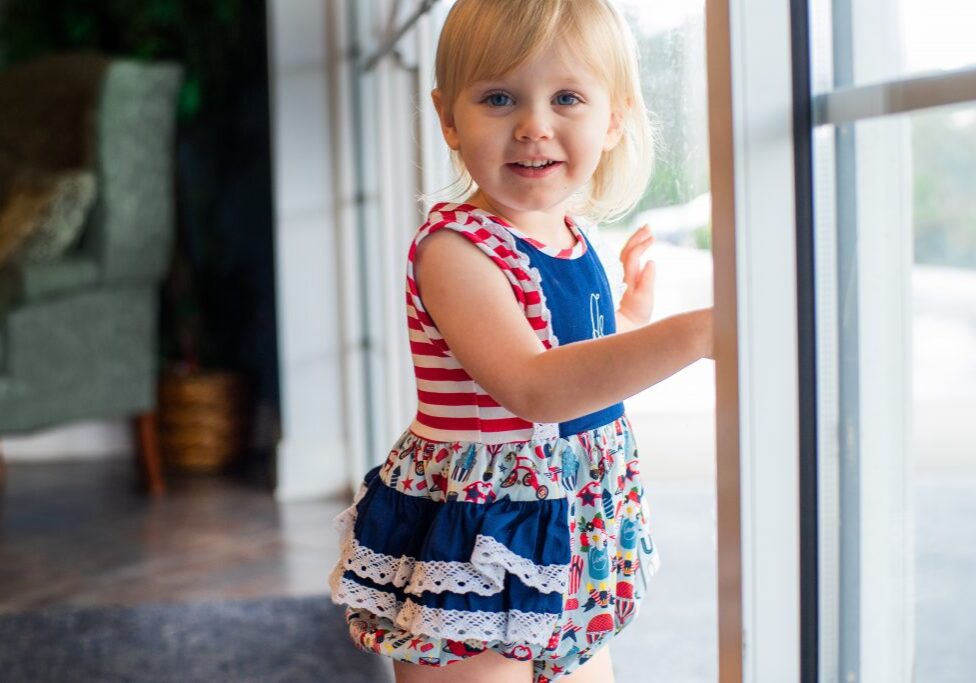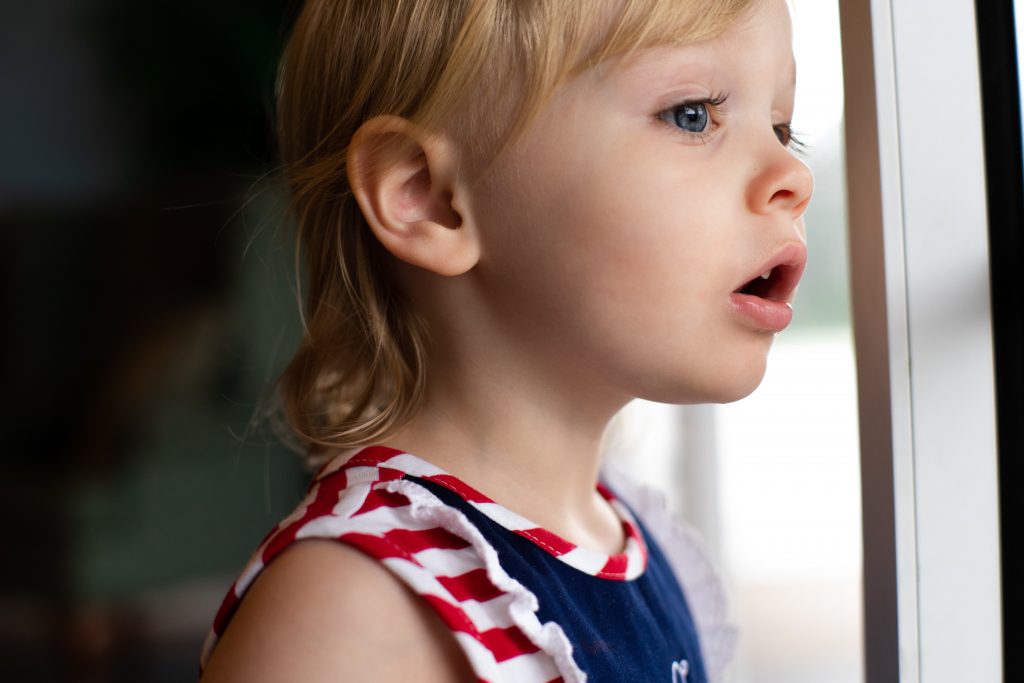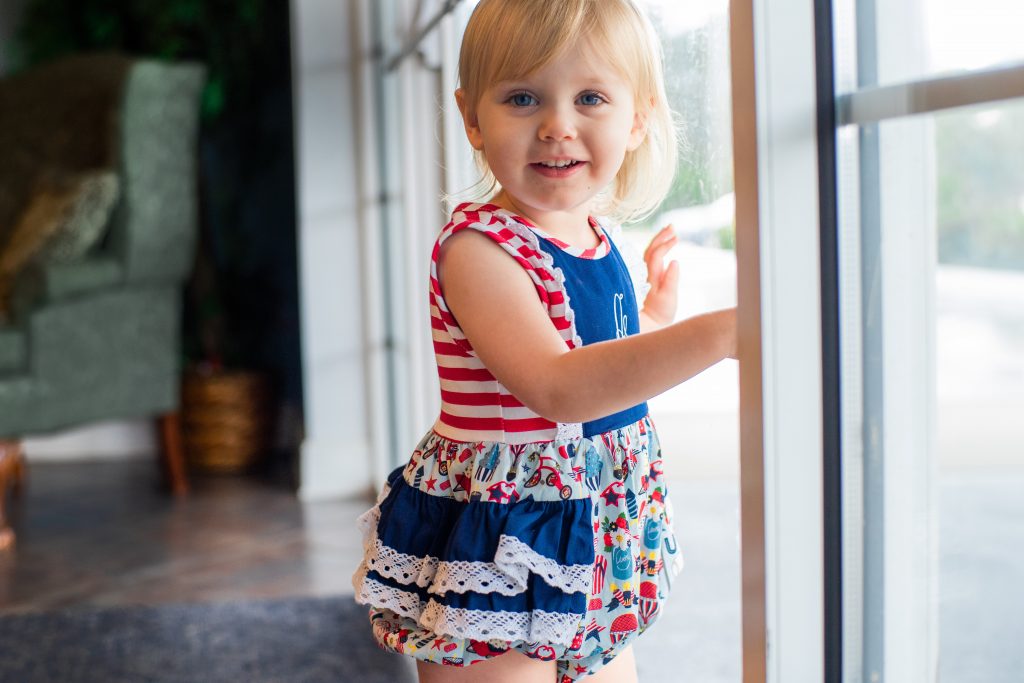Easing your Kid’s Separation Anxiety

Crying children, clinging to, and begging their parents not to leave them are too common a sight in the first days of school and in day-care centres. Young children will also exhibit this behaviour when parents leave home for work or errands. Left ignored, separation anxiety can cripple your child’s social growth and emotional development.
Here are some tips to ease your child’s fears and separation anxiety.

- Make your child part of the decision process. Involve your child in choosing the school or centre. Let your child have a say on which activities they can do while you’re away. Review the options together, make a shortlist and decide with your child. Closely observe how he or she will react to the place, the people and to the other kids.
- Start the new routine early. A few weeks before you have to return to work or start your child in the day care, establish a new routine that will resemble the coming days. Wake up early, have breakfast, dress up, go for a short ride, and then head home. Your child might even look forward to making the fun rides more permanent.
- Talk about it. Children can already sense the impending change. Talking about it will help ease the anxiety. Ignoring the subject and keeping them in the dark will escalate fears. Explain to your child why you have to leave or that he or she has to go to the centre. Describe how it will change his or her daily routine. Conversations will also give you a gauge on how your child is accepting the change and if he or she is ready for it.
- Practice gradual separation. This technique requires the parent to stay with the child in the centre during the first few days, then gradually lessen the hours spent with the child until he or she is fully adjusted to his or her new routine. You can start work or stay away an hour or two for the first few days, then gradually increase the hours. You can stay with your child in the centre for the first two or three days, then leave him for an hour, a couple of hours until you can proceed with the typical drop and pick up routine.
- Make it an adventure. Focus on the fun and exciting aspects of attending school or day care centres. New friends, fun games, daily rides and even dressing up for the day can be exciting and adventurous. These will compensate if not eliminate your child’s fears and anxiety.
- Listen to your child. Ultimately, it will be your child who will decide if he or she is ready for the outside world. Not all children mature at the same age, some do it earlier and others later. Talk to your child and observe closely. If there is a marked change in behaviour and disposition, revisit your decision or take needed actions that will address the situation. Your child’s health and welfare should always be your paramount consideration.

Conclusion
For their own good, parents will need to slowly coax their children into independence. Sooner or later, children will have to learn how to navigate the world outside the comforts of their homes and their parents’ presence. Children will need an ample amount of understanding, encouragement, and love for them to successfully ease into the inevitable changes. Parents will also need to closely read into their children’s behaviour. Changes affect us individually, and kids will only overcome their separation anxiety and embrace independence when they are ready.
